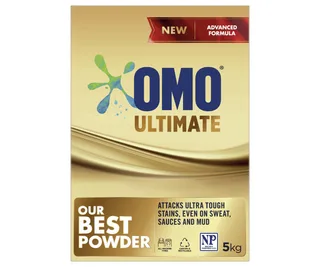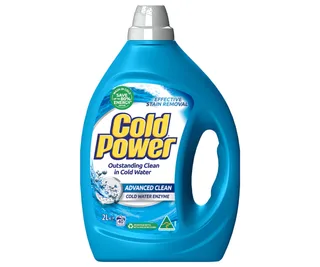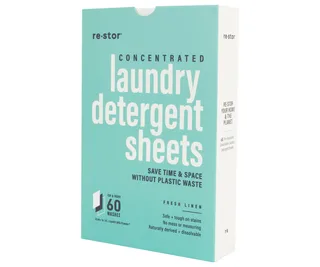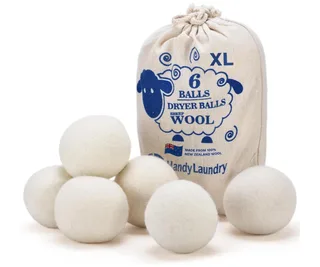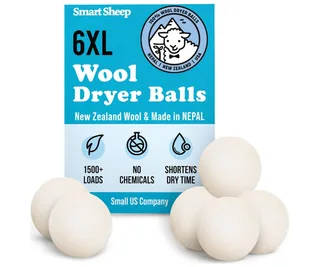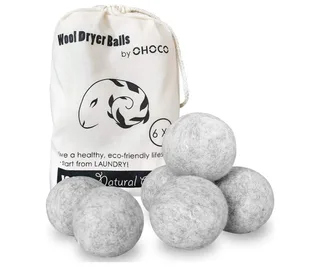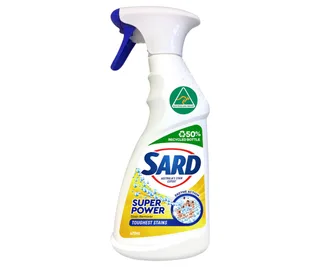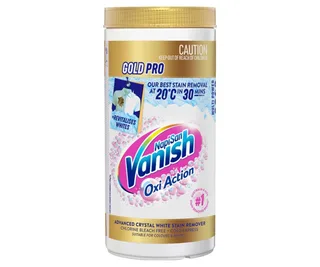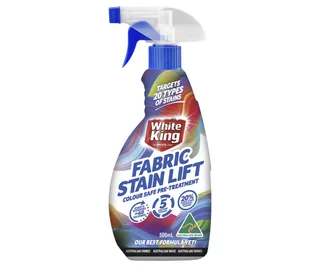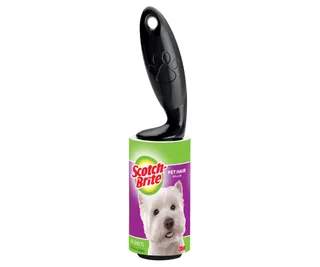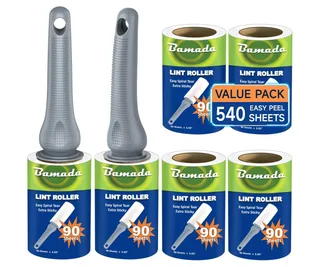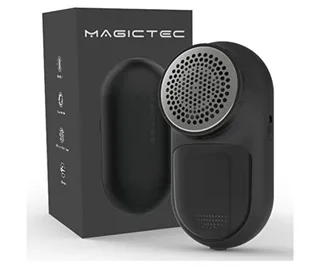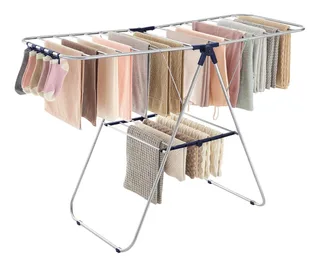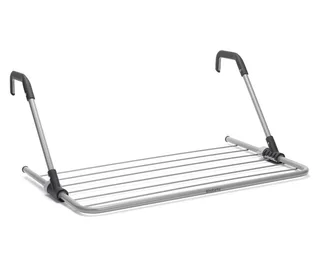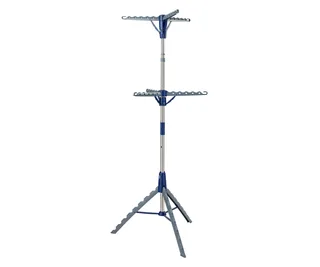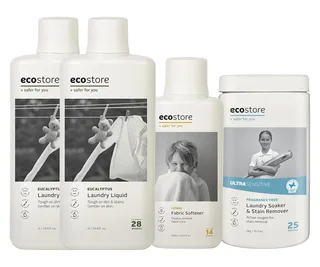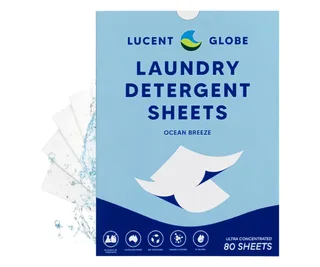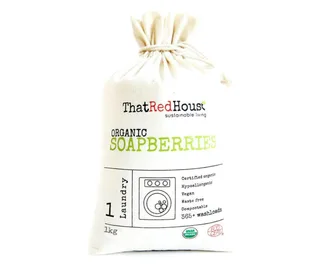Learning to do laundry is like learning how to take your first steps: it’s a basic life skill that involves a few bumps and falls along the way – and required a little help from our parents.
From turning your first white load pink, to shrinking a beloved sweater, mistakes are just part of the process. And then, just when you think you’ve got the hang of this whole laundry thing – new products, trends and viral cleaning hacks challenge everything you know, and you’re back to square one.
However, doing your laundry isn’t as scary as we make it out to be. Whether you’re tackling your very first load, or are simply looking to refine your routine, we’ve curated a step-by-step guide on how to do laundry like a pro, complete with extra tips, tricks and product recommendations from the editors at Home Beautiful.
“My top laundry tip? Teach everyone else in your household how to do laundry”
– Julia Fairley, Senior Copy Editor
TABLE OF CONTENTS
- Before you start (click here)
- Step 1: make sure you have your laundry essentials (click here)
- Step 2: sort your laundry (click here)
- Step 3: choose the right detergent (click here)
- Step 4: pre-treat stains (click here)
- Step 5: check pockets and remove items (click here)
- Step 6: pick a temperature and cycle (click here)
- Step 7: dry your laundry (click here)
- Step 8: hang, fold and store (click here)
- The ultimate laundry buyers guide (click here)
How to do laundry step by step

Before you start
Check care labels: We’ve all been guilty of ignoring the care label; however, it’s the most important step to making sure your clothes have longevity and the care they deserve. Common fabrics like cotton, synthetic and wool all have their own specific care requirements to prevent damage.
Care label instructions on clothing can feature symbols or words. The symbols can be broken down into washing, bleaching, drying, ironing and professional care. For a detailed breakdown of these symbols, you can refer to the ACCC website.
Step 1: make sure you have your laundry essentials
Having the right tools can make a world of difference. Other than the obvious washing machine, here are all the products you’ll need to get started:
Laundry detergent:
Skip to step 3 to see what laundry detergent is best for you.
Dryer balls:
Stain remover:
Lint roller:
Drying racks and clothespins:
Should you use fabric softener?
The purpose of fabric softener is simple: to soften your clothes. Fabric softener has been widely debated for years on its performance. Ultimately, fabric softener is a non-essential item that can even have negative effects on your clothes and your washing machine. It has been known to reduce the effectiveness of absorption over time and can even cause white clothing to appear yellow. Additionally, build-up in washing machines can lead to maintenance issues.
Step 2: sort laundry
You may have heard in the past to sort your laundry into colours and whites to prevent bleeding and dye transfer, but you should also sort your laundry by fabric. Always check the care label before washing your clothing. By doing this, you will be able to organise your clothing based on its washing methods, including water temperature, washing cycle and drying.
If you have a blended fabric (for example, 80% cotton and 20% polyester), it is best to follow the instructions for the most delicate material in the mix. For example, if your clothing contains wool or silk, its best to take extra care and follow the care instructions as per these delicate materials.
It is also best not to mix towels or any other heavy fabrics with your clothes to prevent damage to your everyday clothing.
Social Media Content Producer Emily Murray says she swears by “investing in a good laundry basket system! I’ve got one for each of our rooms that I divide all our clothes into! And they’re collapsible so they save space.”
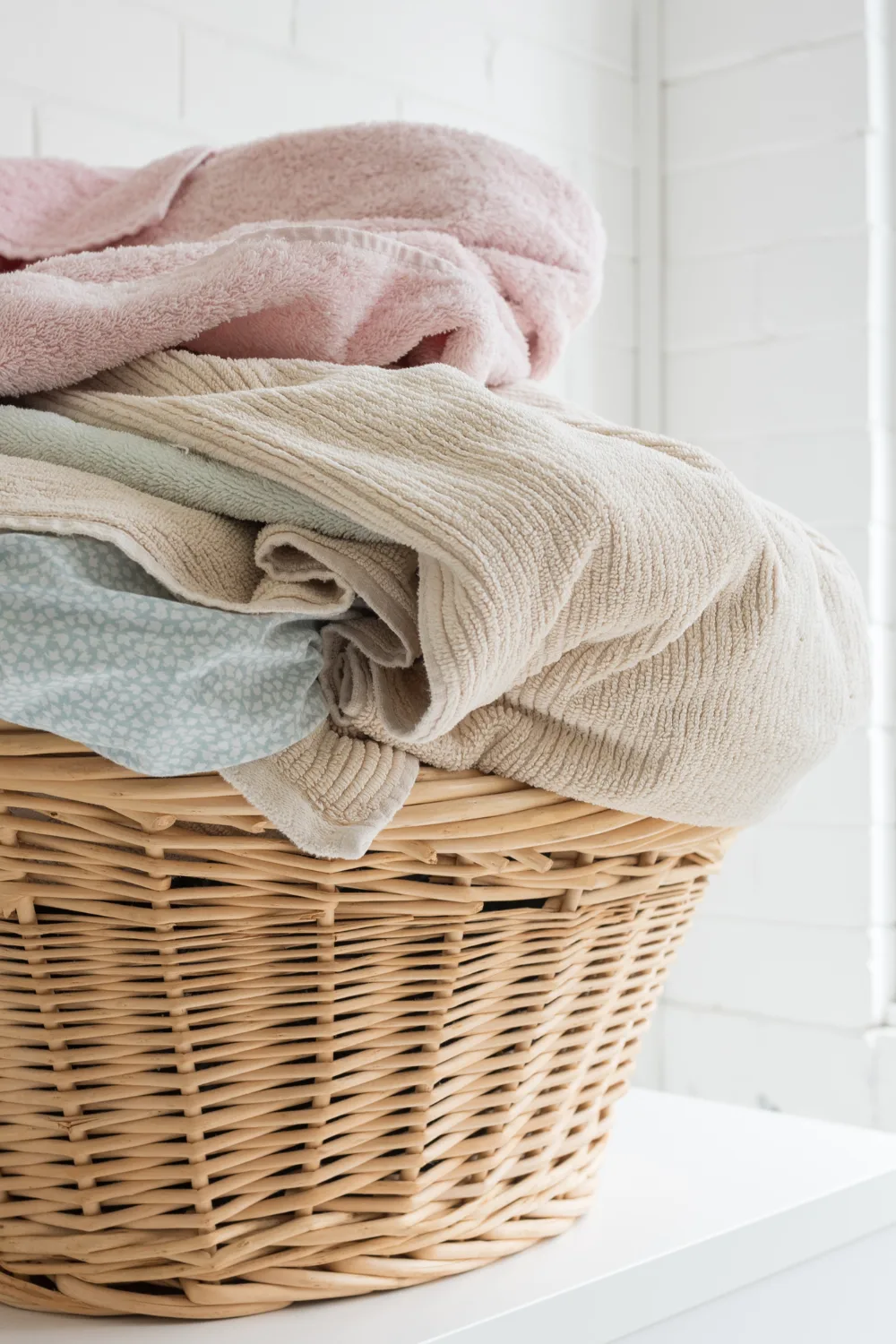
Step 3: choose the right detergent
The right laundry detergent makes a huge difference to how your clothes look and feel. Avoid harsh detergents on softer materials like wool and silk. Stronger detergents work best on linen and cotton. Polyester (a synthetic), tends to trap stains easier – which is why a heavy-duty detergent is a better choice. Enzyme-based formulas are particularly effective for breaking down oil-based stains on polyester and other synthetic fabrics.
Choosing what type of detergent also comes down to personal preference.
Liquid detergent: Suitable for all washing machines. Liquid laundry detergent can dissolve easily in hot and cold water, which also means is doesn’t create as much residue or build-up on clothing or in the machine. Its formula also makes it effective in pre-treating stains.
Powder: The granular texture of a powder detergent is effective for tackling heavy stains, particularly natural stains like mud and grass. However, powder detergent can leave residue if used in cold water (or if you use too much). To prevent this, it is recommended to pre-dissolve the detergent in warm water before adding to the load.
Pods: Laundry pods are convenient and easy to use, taking the hassle out of measuring your liquid or powder detergent. Pods are best for standard, everyday loads. However, if not dissolved properly they can lead to residue on your clothes. To avoid this, make sure to place them directly in the drum and not in the detergent drawer. Make sure you store pods, and all other detergents away from children.
Tip: The less laundry detergent, the better. “I reduced the amount of laundry detergent I use after I found out a lot of people use too much. It’s made a huge difference to how my washed clothes feel – as well as saving me money because I get more washes out of a bottle”
Amy Bradney-George, SEO specialist
Eco-friendly detergent alternatives:
For the eco-conscious, there’s a variety of eco-friendly alternatives to traditional laundry detergent. This can include plant-based detergents, laundry strips, soapberries, baking soda and more. Below are some of our top picks:
Step 4: treat stains prior to wash
A general rule to remove stains is to act fast. Make sure you attack stains as quickly as possible, and check the care label as not all stain-removing techniques work for different materials.
“Bicarb soda is amazing for removing minor stains and marks from clothes, especially on clothes that you may not want to use a heavier-duty product on,” says our SEO specialist Amy Bradney-George.
Certain stains require special techniques to remove, while many can be handled with a spot treatment. If your stain is still fresh, blot any excess with a paper towel or cloth. For dried stains, you can remove any excess by gently scraping off the top layer.
Massage the stain with stain remover, or soak in a pre-treatment solution if the stain is older and won’t budge. Let your pre-treatment soak for a few minutes before washing. For specific stains, you can read this guide here.
“My Macedonian mother-in-law boils her whites on the stove, washes them, then puts the shirts IN the freezer before ironing them. No one ever looks more immaculate than her, she has always looked like Jacquie Kennedy”
Lucy Gough, Stylist

Step 5: check pockets and remove items
A small but crucial step in your laundry process should be to check all pockets and remove any items such as coins, belts and other metal items that can cause damage to your washing machine. Taking a few seconds to check before loading your laundry can help prevent these issues.
Step 6: pick a temperature and cycle
There are various washing machine cycles to choose from, and no two washing machines are the same. It’s important to choose your wash cycle based on the construction, colour, and types of fabrics you are washing.
The most commonly used washing machine cycles:
Delicate Cycles: Delicate cycles involve low or no spin to avoid agitating the fabric. It’s best to keep the temperature of the water to cool, which can help prevent unwanted shrinkage on some items. For items that near some extra care, a mesh bag adds an extra layer of protection for your knits and delicates to avoid agitation but still thoroughly washing your pieces.
Normal Cycles: Everyday laundry items made of cotton, linen and some synthetics can handle the normal cycle, which is often a more intense wash due to the fast spin cycle.
Quick Wash: This is the fastest wash cycle – usually 30-minutes – and can be the most energy-saving options. Often, it includes a high-speed spin cycle to speed up the drying time, which is best for lightly-soiled clothing that needs more of a refresh. Due to the intense spin cycle, it’s best to avoid washing delicate fabrics on this cycle to prevent damage.
Choosing the right temperature: For best results, wash whites in warm or hot water, and cool or warm for coloured clothing.

Step 7: dry your laundry
It is important to remove your load from the washing machine as soon as you can to reduce wrinkles and prevent mildew. There are many ways to dry your laundry. Some options include:
Maximise your spin cycle: Use a high spin setting on your washing machine to speed up the drying process. Make sure your fabrics are suitable for this method. The best hack is to keep your loads small.
Air drying outdoors: For best results, hang clothes in a well-ventilated area with plenty of airflow. Ensure garments are spaced apart to allow for even drying.
Air drying indoors: It’s best to hang your clothing near a window, a radiator, a fan or by a dehumidifier to avoid mould buildup and increase ventilation.
If you are in a cooler climate, heated clothes airers are a cost-effective alternative to drying your garments indoors.
Tip: Hang your wet garments on hangers for faster drying, and with fewer creases.
Machine dryers: If you opt for a dryer, popping a totally dry bath towel into the mix of wet clothes will absorb moisture from your load. Alternatively, add a tennis ball or dryer ball to the drum to ensure the fabric is aerated. An extra tip is to always empty the lint filter after each load, as a full filter increases drying time and reduces efficiency. Again, it is important to check your garments care tag to see if they are dryer-safe.
Our Senior Copy Editor Julia Fairley’s favourite laundry tip is to “hang up everything that needs to be ironed on hangers while it dries as this helps remove the wrinkles.”
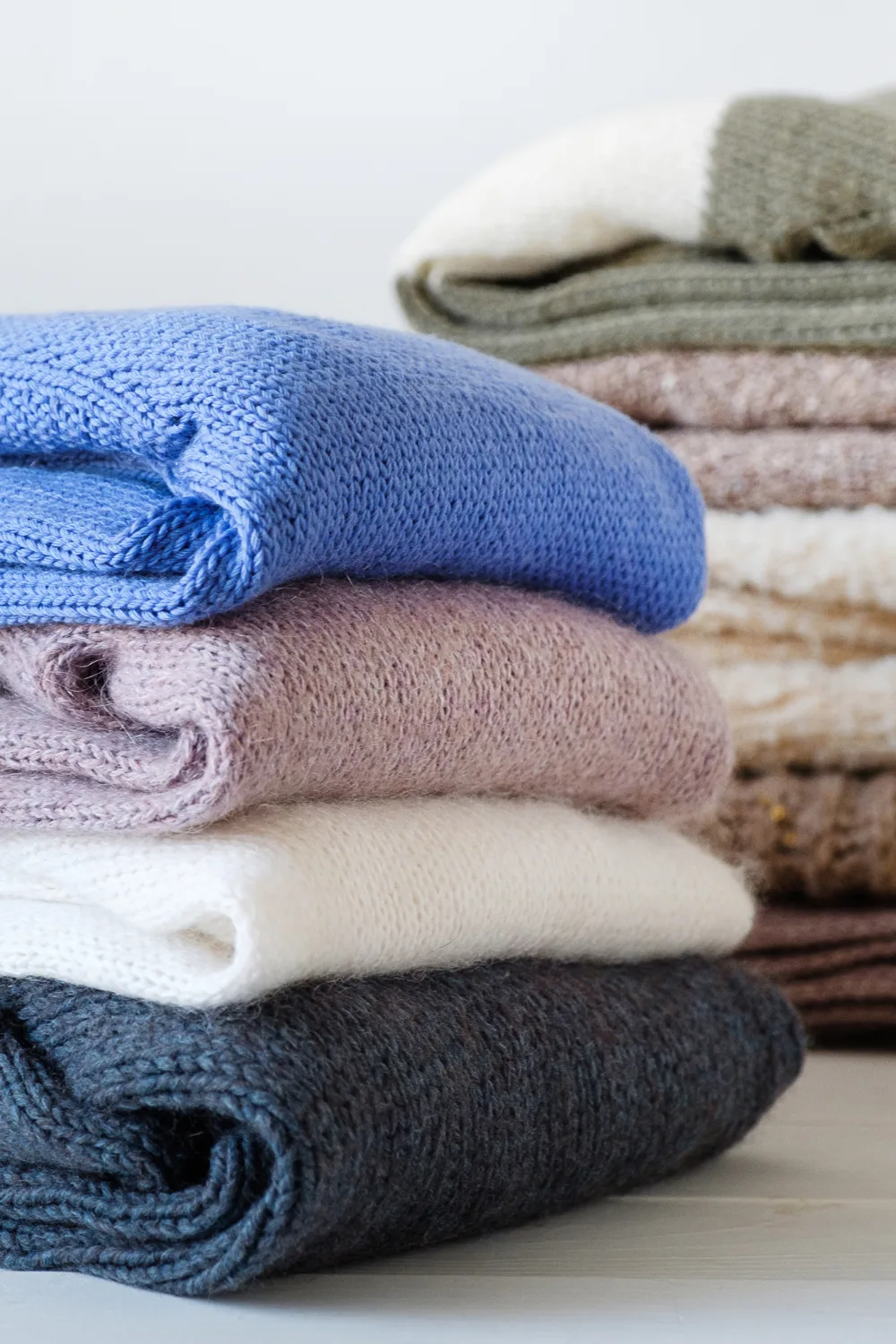
Step 8: hang, fold and store
Storing your clothes once they are dry will help prevent wrinkles from forming. A stable, climate-controlled space with good ventilation will help your fabrics breathe.
However, if your clothes need a bit of extra smoothing, investing in a good iron or handheld steamer can make a difference. For those stubborn creases, Shopping Editor Jess G. Lynch swears by a handheld steamer: “Investing in a handheld steamer is my biggest laundry hack. No need to whip out the ironing board, a handheld steamer can get the creases and wrinkles out of your most delicate materials (e.g. silk) without the fear of burning the material.”
For those who constantly on the go, Jess adds: “A steamer is also great for when you’re running late in the mornings as you can set it up, steam your outfit and get out the door in under five minutes!”
And there you have it! This step-by-step guide on how to do laundry is everything you need to perfect your washing routine. Don’t have all the essentials? Check out our handy shopping guides below, or scroll back up to find some of our top rated laundry products.




